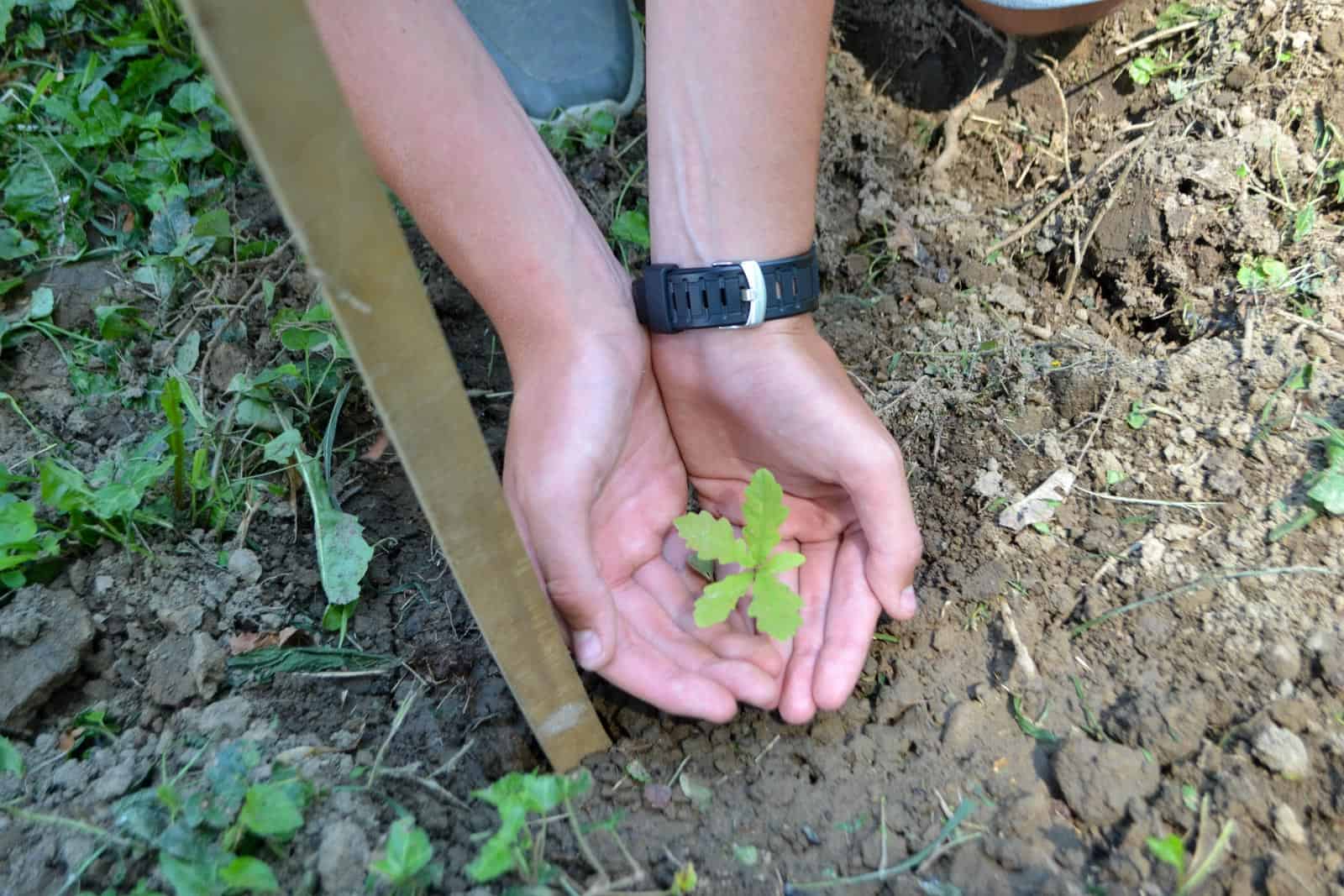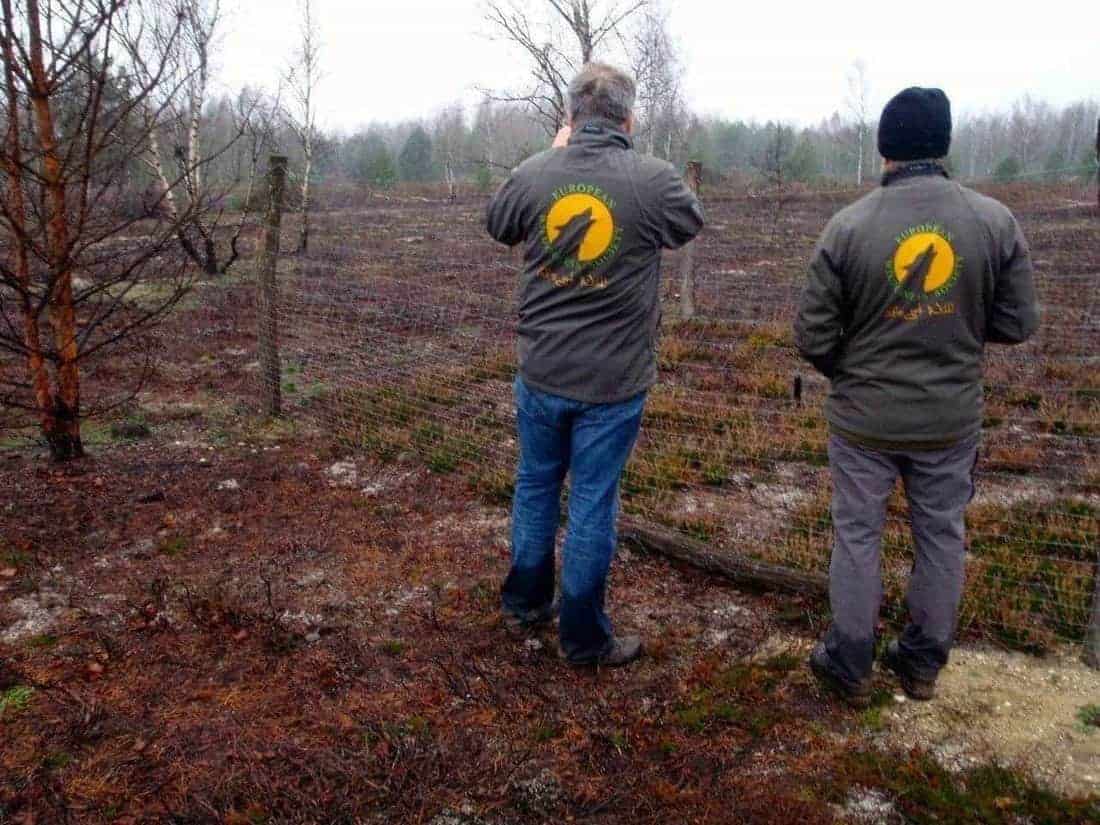Climate change impacts forests at 1,100 meters altitude in Carinthia
Georg, a forester in Carinthia, is witnessing firsthand the effects of climate change on his forest, which sits at an elevation of 1,100 meters. The Norway spruce, currently the predominant tree species in his forest, is increasingly vulnerable due to rising temperatures and prolonged dry periods. These conditions weaken the trees, making them more susceptible to bark beetle infestations. The bark beetle, a pest exacerbated by climate change, has taken advantage of the stressed spruces, creating significant damage in the forest.
In response to these challenges, Georg is implementing adaptive forest management strategies. Every gap left by the bark beetle is an opportunity for Georg to introduce a mix of tree species, fostering natural regeneration and increasing the forest’s biodiversity. He recognizes the importance of a diverse forest ecosystem for resilience against climate change.
Georg also prioritizes maintaining deadwood, whether standing or fallen, as it provides essential habitats for numerous plant and animal species. Moreover, he has established a network of habitat trees to offer additional living spaces for wildlife.
The climate crisis threatens forests in Austria, with implications that extend far beyond boundaries. It’s a reminder of the urgent need to support forest ecosystems and implement sustainable practices.
The Role of Bark Beetles in Forest Decline
The bark beetle has become a significant threat to Austrian forests, especially in recent years. A single female bark beetle can produce up to 100,000 offspring, and their populations have surged due to extreme weather conditions and persistent droughts. These tiny insects have caused extensive damage, particularly to spruce forests, by increasing tree mortality rates.
Understanding the link between climate change and bark beetle threats is crucial. Rising temperatures and prolonged droughts weaken trees, reducing their ability to cope with- beetle attacks. As a result, the bark beetle has flourished, turning into a formidable adversary for forest managers like Georg.
To mitigate this threat, it’s vital to promote forest resilience through biodiversity and sustainable management practices. Tools like the Austrian Federal Research Centre for Forests’ tree species selection guide can aid in choosing climate-resilient species, helping forests adapt to changing conditions.
For more information on creating climate-resilient forests, visit Klimafitter Wald.
Also interesting to read: Battling the Bark Beetle: Challenges Forest Workers Face Daunting









